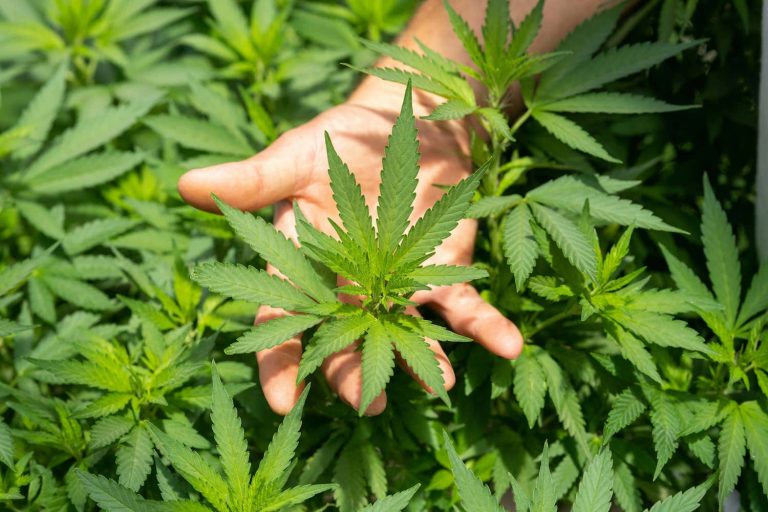I. Introduction
The choice of packaging materials has significant implications for both businesses and the environment. This article aims to compare hemp packaging with traditional packaging, highlighting their differences and similarities.
Our objective is to provide a comprehensive analysis of the characteristics, environmental impact, durability, cost, aesthetics, and regulatory aspects of hemp packaging and traditional packaging.
II. Materials
Hemp is a remarkable material for packaging. It is a natural fiber with unique properties. Hemp fibers are strong and durable, providing excellent protection for products. Additionally, hemp is a renewable resource, making it an environmentally friendly option.
In contrast, traditional packaging commonly utilizes materials such as plastic, paper, and cardboard. Plastic, in particular, has become a major concern due to its non-biodegradable nature and contribution to environmental pollution. Paper and cardboard have their own limitations, including limited durability and the need for large amounts of wood resources.
 hemp packaging
hemp packaging
III. Environmental Impact
Hemp packaging has a significantly lower ecological footprint compared to traditional packaging. The cultivation of hemp requires relatively few pesticides and fertilizers, reducing the environmental impact associated with agricultural production. Moreover, hemp is biodegradable, meaning it can break down naturally over time, minimizing waste accumulation.
Traditional packaging, especially plastic, generates massive amounts of waste that often ends up in landfills or pollutes the environment. The production of plastic also involves high energy consumption and the emission of greenhouse gases, further exacerbating its negative environmental impact.
IV. Durability
The strength and longevity of hemp packaging are notable features. Hemp fibers offer excellent resistance to wear and tear, ensuring the protection of products over an extended period. Hemp packaging can withstand various environmental conditions, making it suitable for a wide range of applications.
When compared to traditional packaging, some forms of traditional packaging may have limitations in terms of durability. For example, paper packaging can be prone to tearing or getting damaged more easily, which may compromise the integrity of the packaged goods.
V. Cost
The initial costs of hemp packaging may be slightly higher than some traditional packaging options. This is mainly due to the current limited production scale and the specialized processing required for hemp fibers.
However, in the long term, hemp packaging can offer cost advantages. Its durability means less frequent replacement, reducing overall packaging costs. Additionally, the potential for lower environmental impact and associated costs in the future makes hemp packaging a more sustainable investment.
VI. Aesthetics
Hemp packaging has a unique and rustic appearance that can add a distinctive charm to products. Its natural texture and color variations give it an earthy and authentic feel, which can be appealing to consumers looking for something different.
Traditional packaging design aesthetics have evolved over time and can range from simple and functional to elaborate and decorative. While traditional packaging can offer a wide range of visual options, hemp packaging brings a fresh and natural touch to the packaging landscape.
 hemp paper
hemp paper
VII. Regulatory Aspects
The laws and regulations surrounding hemp packaging are evolving. In some regions, there are specific guidelines and requirements for the use of hemp in packaging. It is important for businesses to stay informed about these regulations to ensure compliance.
For traditional packaging, there are established regulatory frameworks in place to address issues such as safety, labeling, and environmental standards. These regulations aim to protect consumers and ensure the responsible use of traditional packaging materials.
VIII. Conclusion
In conclusion, the comparison between hemp packaging and traditional packaging reveals distinct differences and advantages. Hemp packaging offers environmental benefits, durability, a unique aesthetic, and potential long-term cost savings. While traditional packaging still has its place in certain contexts, the increasing awareness of environmental issues makes hemp packaging an attractive alternative.